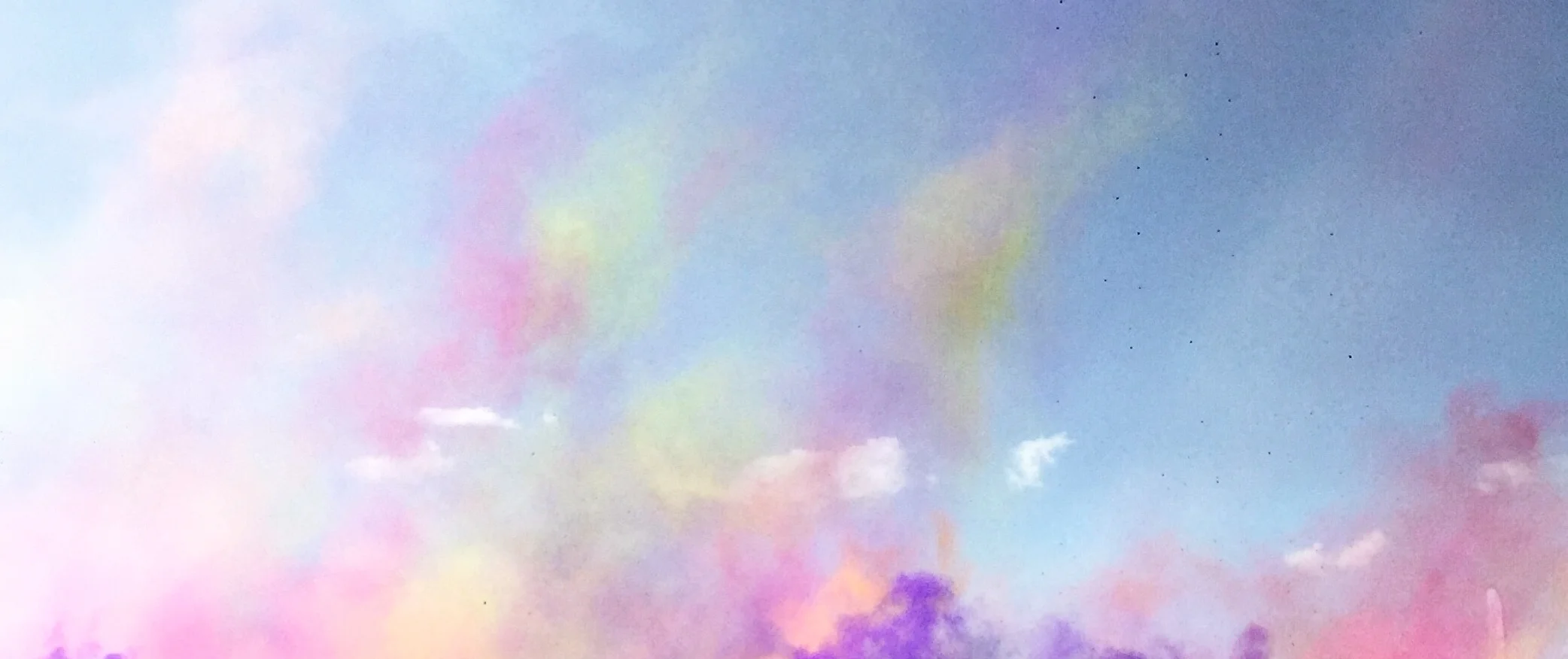Listen to Your Body
The teacher has probably practiced for years, so the poses will look different when he/she is demonstrating them. Listen to your body and don't push yourself to copy the teacher or other students in class. Breathing (as slow as you can!) will help relax your muscles, alleviate any tension within the body and slowly work on stretching targeted muscles for each pose. A good tip is to close your eyes when you're holding a pose for a few breaths and just focus on yourself. The teacher will also give several options for a pose, which considers if your muscles are tight, recovering for an injury or any discomfort.
Class Style
Know what type of yoga you'll be doing! There are many types of yoga, and some yoga studios teach multiple styles. Do your research so you know what you're getting yourself into! Here are a few of the common ones:
- Hatha: Yoga umbrella that encompasses any style that incorporates poses. There are forms of yoga that focus primarily on breathing.
- Kundalini: More spiritual, focused on engaging the breath and chanting to open and release energy flow within the body
- Vinyasa: Free-flow and like dance, where you're always moving in and out of poses. TJ Houshmandzadeh, NFL wide receiver, describes vinyasa "like meditating, stretching, lifting weights and doing cardio all at the same time."
- Power: Power is more physical, focused on building muscle. Hatha can be a combination of several yoga styles, where you hold the poses for longer breaths.
- Iyengar: Focused on alignment. Yoga poses are taught with detail to attention, form and stance before you hold the poses for a few breath cycles.
- Bikram/Hot Yoga: A series of 26 poses done in a heated room, typically over 85 degrees. Definitely be prepared to sweat out your body's toxins!
When to Practice
Yoga is best practiced on an empty stomach - early morning, in between meals. It's difficult to digest while holding yoga poses - that's very uncomfortable! Often times, yoga classes include inversions or backbends, where you need to engage your core. Its difficult to digest when your abs are working!
Dress/Attire
It's best to wear clothing that you're comfortable in, but more fitted. As you move in and out of poses, you don't want your clothing to be hanging loosely from your body. That can be distracting! Generally, form fitting, yet comfy pants and fitted tops are the best.
Things to Bring / Props
If you're going to a studio, there may be extra yoga mats and props. If its a gym or other practice, you may need to bring your own. Generally, its nice to use your own mat so you're comfortable with your mat and grip, a towel, water (you'll need to stay hydrated!). If you need some props to assist and help you deepen the pose, studios have some blocks, straps, blankets and bolsters.
Savasana
At the end of class, the final pose is called "Savasana" (SHAH-vah-sana), also known as Corpse Pose. You typically lie on your back, palms facing up, closing your eyes. Some teachers can have you in a different, equally relaxing pose. This final pose keeps you grounded as you fully relax and let go, focus on the breath and rejuvenate your body. You can be in this pose for 2-10 minutes, depending on the teacher and class. After challenging yourself in class, this pose is very much appreciated! Sometimes, it can be emotional and you may shed some tears, as some asanas help you trigger and let go emotionally! (It happened to me :') )
Namaste
After Savasana, you'll eventually come back into a mindful seated position. The teacher will end the class with "Namaste" - which is a "respectful greeting", and the students can repeat "Namaste" back to the teacher. Namaste ends the class!


